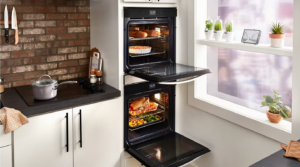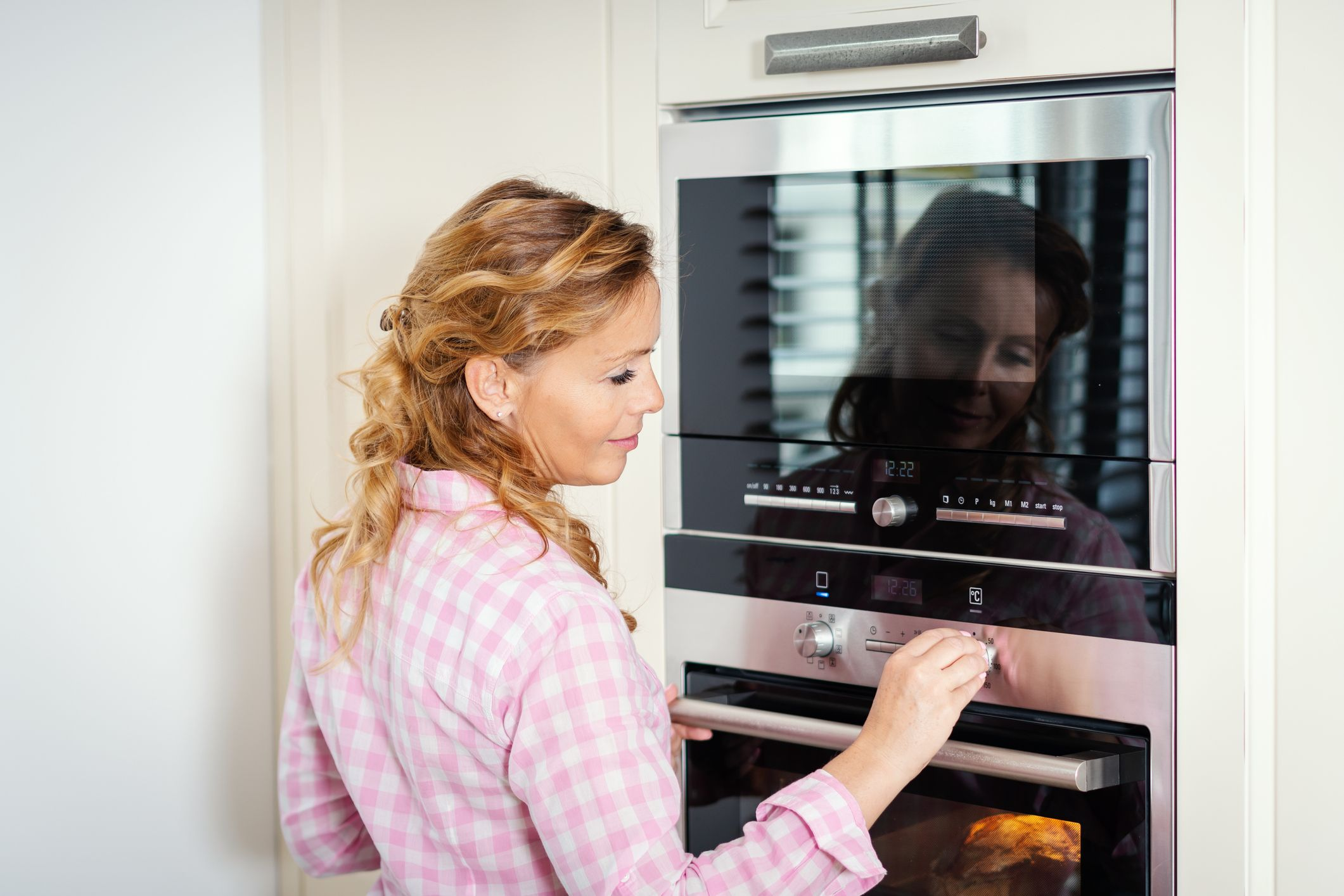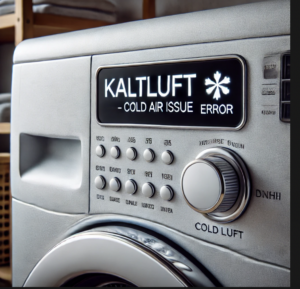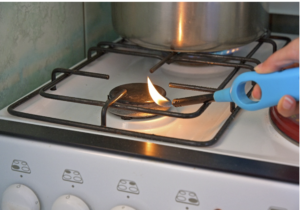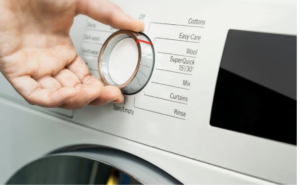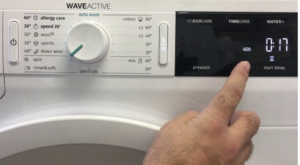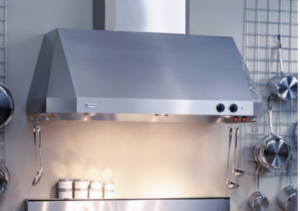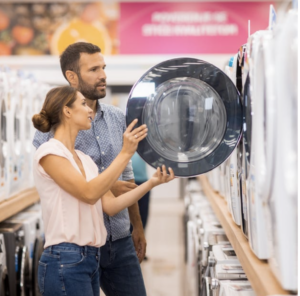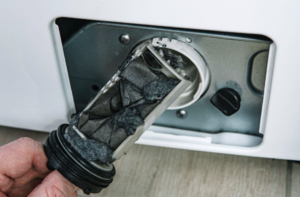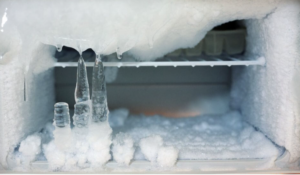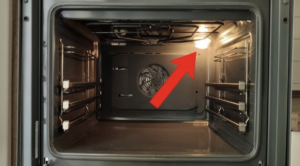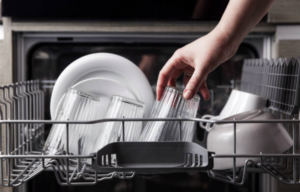Choosing a built-in oven
elektri4ko.com Spare parts for cooking stoves
- Types of ovens
- Single built-in oven
- Steam oven
- Can you install the appliance yourself?
- How long does a built-in oven last?
- Where to place the built-in oven?
- Which oven is best?
- How big should it be?
- The environmental factor
- Advantages of gas ovens
- Disadvantages of gas ovens
- Advantages of electric ovens
- Disadvantages of electric ovens
- What functions do built-in ovens have?
- Selection of spare parts for ovens
Built-in ovens are becoming increasingly popular in our country. Their minimalist design and practical features are particularly sought after by most domestic consumers. Built-in ovens contribute to the convenience of the kitchen, while at the same time being equipped with the most modern technologies. With their help, cooking becomes a unique pastime. In addition, built-in ovens complement the design of any home without taking up space. the living space in the dining room.
Ovens are installed in kitchen cabinets, but there are also many models that are conveniently installed higher and you will not need to bend down to put the dishes inside. However, standard built-in ovens are placed under the countertop in the dining room. There are different models of ovens from which you can choose the most suitable option. Such as:
Single built-in oven
As the name suggests, it has one compartment. Similar stoves are an ideal solution for households that don't cook too often.
Double built-in oven – Steam option or Oven and microwave option
This model of oven has two compartments instead of one. With them you can cook several things at once.
Steam oven
Ovens of this type are a great option if you want to prepare healthier meals. The appliances use moisture and steam in cooking, which allows you to prepare wonderful dishes. Such ovens have a tank that must either be turned on or loaded manually. When heated, the water turns into steam, which helps you cook the food.
Some options are multifunctional and extremely convenient. The stoves can also work as standard electric ovens. With these ovens you have the opportunity to cook a variety of foods. You should keep in mind that despite preserving the taste of vegetables with such types of stoves, they cannot bake dishes.
The convenience of single built-in ovens is the possibility of placing them in different kitchens. One of the advantages of such stoves is the option be installed above the level of the kitchen counter. When cooking at eye level, you can easily check on the dishes. Placing the oven higher also makes loading and removing dishes easy.
Can you install the appliance yourself?
This is one of the most frequently asked questions about built-in ovens. If you have purchased a gas-powered appliance, it is imperative that you use the services of an authorized service center. You can also install your electric oven yourself, but if you do not have technical knowledge, it is recommended to trust a professional.
How long does a built-in oven last?
Most gas appliances have a lifespan of 15 years, and most electric ovens operate effectively for 13 years. However, the more often you maintain your oven, the longer it will last.
Where to place the built-in oven?
The best place to place your new oven from a safety perspective is where it will fit best, and there needs to be good ventilation. All cupboards around your oven should be able to withstand temperatures of up to 90C.
Which oven is best?
Before you buy a built-in oven, you should answer the following questions:
How big should it be?
The standard oven is 60 cm wide, but there are also models that reach 90 cm. The internal capacity is also important. For most ovens, it is between 36-40 l. But there are also appliances whose capacity reaches 115 l. and even more.
How much space do you need to place the stove?
When measuring the space for a new single or double oven, you need to take into account the extra space on both sides of it. You should also make sure that there is a 35 mm. free area at the back of the stove. This is a must for better ventilation of the appliance.
The environmental factor
How energy efficient your kitchen appliances are is measured by a special rating. A+++ is the highest rating an oven can get. You should keep this in mind when choosing a similar built-in appliance.
What type of oven should I choose?
There are two types of stoves: gas and electric. The debate over which one is more efficient has been going on for many years. Every consumer has their own preferences.
Advantages of gas ovens
This type of appliance uses less energy than electric ones. A gas oven is an indispensable assistant when it comes to baking bread and pastries, thanks to its slightly more humid internal environment. This means that pastry crusts are less likely to become incredibly hard. Some people believe that gas ovens make tastier pizzas and pastries.
Preheating your oven is only necessary for baking cookies, pastries, and bread, but for standard dishes like casseroles, vegetable stews, and meat, you can skip preheating.
Modern ovens are equipped with convection fans that help circulate heat more evenly. Modern gas ovens have various safety features, including safety valves and electric ignitions, that reduce the risk of accidents.
Disadvantages of gas ovens
Since a spark is required to ignite a gas oven, the risk of fire is slightly higher. That being said, the danger is only present when it is not cleaned. There is a possibility that accumulated grease and food residue can ignite, so regular maintenance is highly recommended to avoid unpleasant incidents.
This type of built-in oven must be installed by a professional. Some appliances use an electric ignition which cannot be used during a power outage. The gas valve supplying the oven is connected to the igniter and will not open if the igniter is not working.
Advantages of electric ovens
This type of appliance heats up quickly and offers more even heat distribution. The ovens are equipped with a fan that helps circulate the heat. Typically, an electric built-in oven takes 7 or 8 minutes to reach a temperature of 200 degrees.
Electric ovens have indicators that let you know when the desired temperature inside the oven is reached. This can be in the form of a light that turns off when the temperature is reached, or an audible signal, or it can be a combination of both. Electric ovens with digital displays often have a temperature readout on the front.
Electric ovens have more features and innovative functions. Electric ovens use less energy (kWh) than gas appliances. Many electric ovens have programmable timer functions. With their help You can set a time to turn the stove on and off.
Disadvantages of electric ovens
They take longer to cool down, so you need to be extra careful not to accidentally burn yourself when cleaning up after cooking. Although electric ovens are more efficient than gas ovens, the cost of electricity is higher than gas.
Similar to installing gas models, you should consider hiring a professional to install your electric stove. You will need specific tools to install it, such as double-pole isolating switches. Additionally, most modern electric stoves have a shorter lifespan than gas models.
What functions do built-in ovens have?
Here are just a few:
Self-cleaning option
One of the most convenient benefits you can enjoy with certain models of built-in ovens is this feature.
Catalytic cleaning
Some built-in ovens come with built-in catalytic linings. They are treated with chemicals and the material they are made of makes them resistant to grease deposits. At least once a month, you should turn on the self-cleaning function. The oven heats itself and breaks down food residues. All you have to do is remove them with a cloth.
Pyrolysis oven
This is probably the most effective option. It works in the same way as catalytic cleaning. There is one small difference. This model of stove heats up to a temperature of over 400°C, turning any food, grease and dirt into ash that you can simply throw away.
Steam oven
With this type of cleaning, food residue is moistened with steam and then easily removed.
Other types of built-in ovens
Fan ovens, also known as convection ovens, offer faster and more even cooking thanks to the way hot air circulates.
Another advantage of this type of built-in oven is that it reduces energy consumption by 20%, which also affects electricity bills.
Double oven
Double ovens (with two cavities) offer a lot of cooking options. While this is an incredibly useful feature, keep in mind that such appliances are usually more expensive.
Smart ovens
If you already have smart light bulbs and heating at home, why not opt for a smart oven? With such appliances, you can control the temperature of your oven from your phone so that the oven is hot enough when you get home. Other fantastic features to look out for include LCD touchscreen displays, timers, delayed start functions, Wi-Fi connectivity, an accurate thermostat and automatic cooking programs.
Types of ovens
Advantages of built-in electric ovens | Advantages of built-in gas ovens |
More efficient | They consume less energy |
More features | They prepare tastier baked goods |
